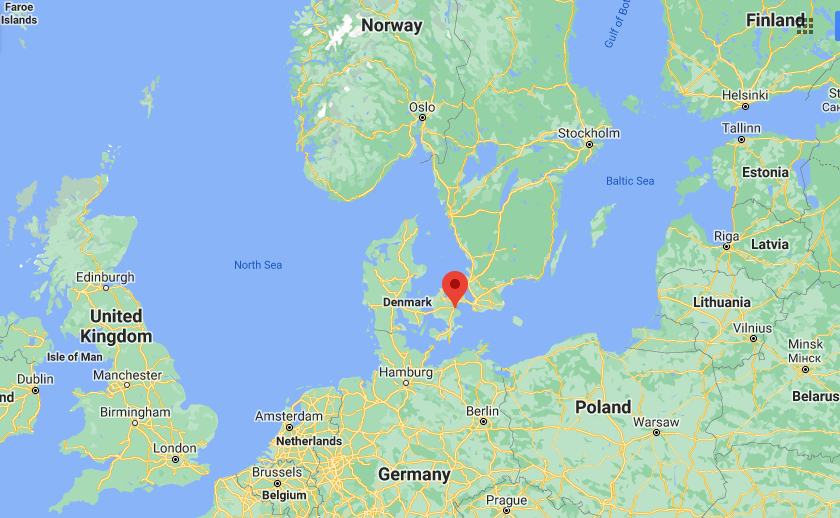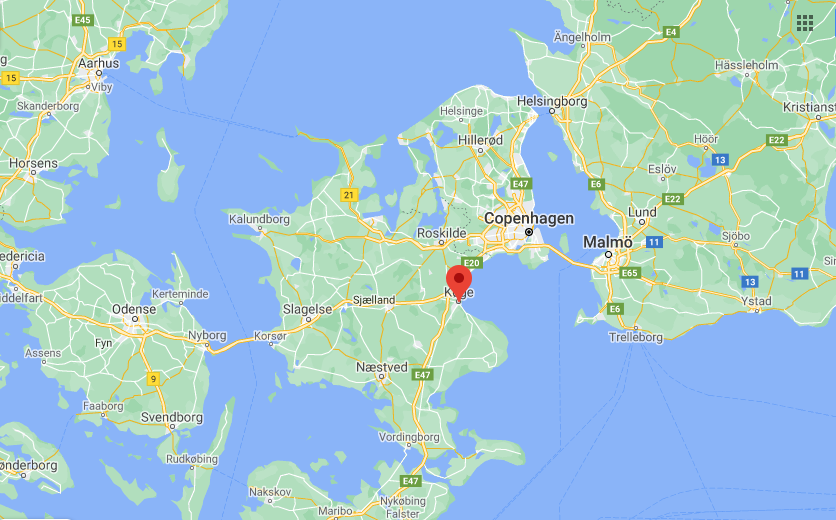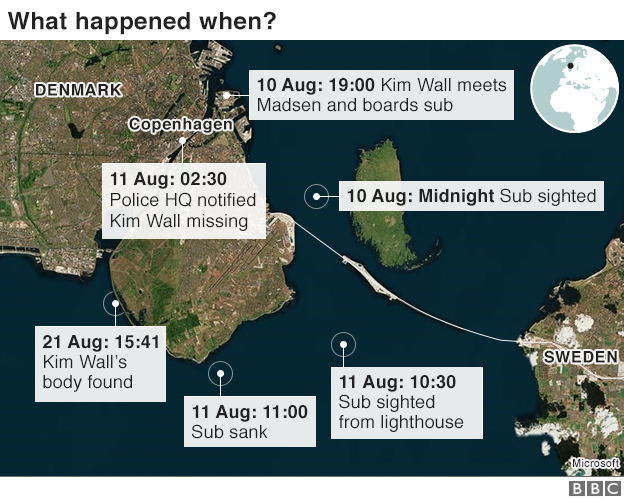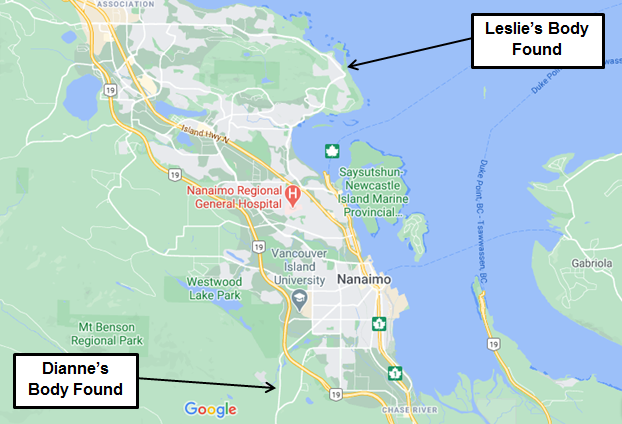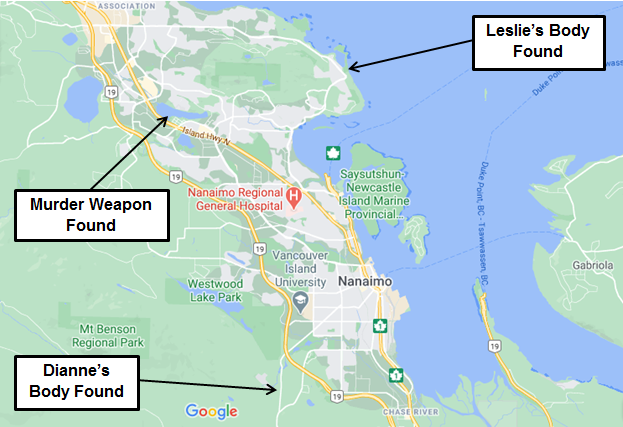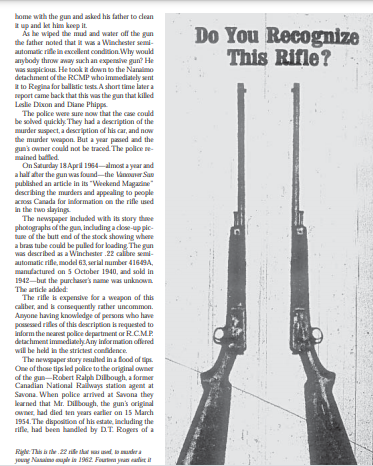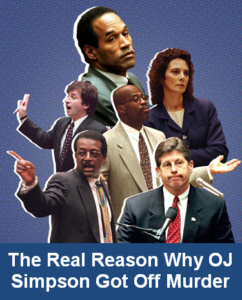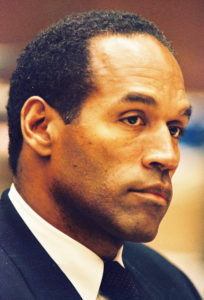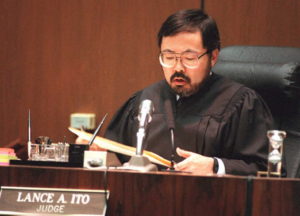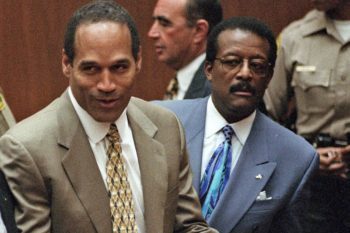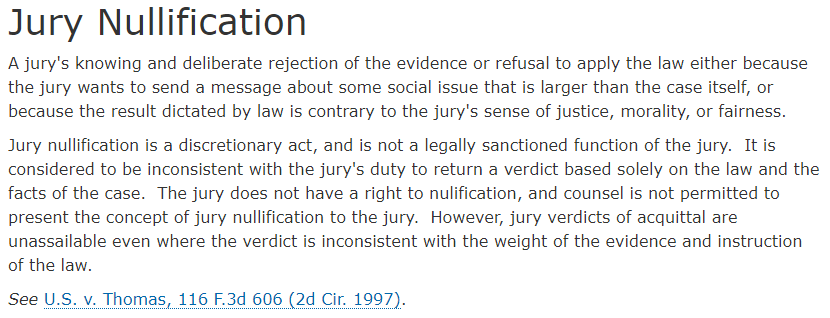 When it comes to bizarre crimes with a demented mindset and a disgusting motive, it doesn’t get much worse than this. Most people around the world have heard something of the Scandinavian case where inventor Peter Madsen murdered journalist Kim Wall on board his home-built submarine and then dismembered her body and dumped it in the sea. Parts of Kim were found in intervals during a massive search by the Danish police. Madsen was convicted and sentenced to life imprisonment. It’s only now, after a highly-rated miniseries called The Investigation was released, that the motive has publically surfaced. It appears Peter Madsen made a snuff film using Kim Wall as the star.
When it comes to bizarre crimes with a demented mindset and a disgusting motive, it doesn’t get much worse than this. Most people around the world have heard something of the Scandinavian case where inventor Peter Madsen murdered journalist Kim Wall on board his home-built submarine and then dismembered her body and dumped it in the sea. Parts of Kim were found in intervals during a massive search by the Danish police. Madsen was convicted and sentenced to life imprisonment. It’s only now, after a highly-rated miniseries called The Investigation was released, that the motive has publically surfaced. It appears Peter Madsen made a snuff film using Kim Wall as the star.
This murder case has a history to it and a blind coincidence that allowed it to happen. Before going into details of who Kim Wall and Peter Madsen were, as well as the strand of fate putting them together—alone—and on that fateful submersible boat, it’s necessary to do a quick case-fact review. Here’s what happened.
Kim Wall was a top-notch journalist who interviewed Peter Madsen, an eccentric entrepreneur, for a peculiar story. On August 10, 2017, Madsen invited Kim onboard his midget submarine, UC3 Nautilus, in Koge Bugt on the south side of Copenhagen, Denmark. Kim arrived at 7:00 p.m. for a scheduled two-hour ride and talk. She was never seen in one piece again.
By 1:40 a.m. on August 11, Kim’s boyfriend and partner reported her overdue and missing. So were Peter Madsen and the Nautilus. The police started an air and water search when light broke. At 11:00, searchers spotted the Nautilus surfacing near Koge Bugt. When they approached, Madsen scuttled the ship and it went to the bottom in minutes.
Peter Madsen swam free and a rescue boat fished him out. Madsen claimed that he’d dropped Kim Wall off on shore the previous evening and he kept cruising alone until a mechanical problem caused him to surface at which time a ballast tank failed and flooded the sub’s inside. The police didn’t believe it. Not a word.

In this Tuesday, Aug. 22, 2017 photo, a private submarine sits on a pier in Copenhagen harbor, Denmark. Danish police say a DNA test from a headless torso found in the Baltic Sea matches with missing Swedish journalist Kim Wall, who is believed to have died on the private submarine. (Jens Dresling/Ritzau Foto via AP)
They filed an involuntary manslaughter charge which, under Danish law, allowed the authorities to keep Madsen in custody while they investigated. A salvage crew raised the sub and searched it. Kim Wall was not inside, and there was clear evidence the sub had been intentionally sunk.
While searchers combed the shore and divers covered the bottom, the police looked into who Peter Madsen was. He was well-known in Denmark, and the worst-kept secret was he belonged to the sub-culture (excuse the pun) of the underground fetish scene of B.D.S.&M. Bondage-Dominance-Sadism-Masochism.
Kim Wall’s torso washed up at an Amager, Denmark, beach on August 21. She’d been stabbed 15 times in the genitals and ribs. Her legs and arms had been cut off. So had Kim’s head.
Once confronted with the body evidence, Peter Madsen changed his story. He claimed Kim was accidentally killed when a heavy hatch cover fell on her head. Madsen said he panicked and choose to get rid of her body. He explained the bodily mutilation was necessary to remove her from the boat as it was impossible for him to drag her lifeless form up the ladder and through the conning tower. So, he said, he dismembered Kim Wall to make it efficient.
An incredible performance by Danish divers located Kim’s remaining pieces. This took continual underwater grid searching that lasted into November. When Kim’s head was located in a weighted bag, like each of the other parts had been sunken, there was no blunt force trauma evidence. One of the bags contained a saw. Another a knife. And all had metal pipes in them.
Again, Peter Madsen changed his story. Now he said Kim had been accidentally gassed by the diesel engine fumes, and she died of carbon monoxide poisoning. No, the pathologist differed, her torso contained intact lungs and there was no CO evidence in them.
Peter Madsen shut up and remained mute while the police put a painstaking case together. Part of the package that prosecutors presented to a judge (not a jury) involved the backgrounds of Kim Wall and Peter Madsen. This included the strange strand of fate that put Kim on Peter Madsen’s boat.
Who Was Kim Wall?
Kim Isabela Fredrika Wall was a thirty-year-old Swedish woman. She was a high achiever, a world traveler, and a terrifically talented journalist—a professional freelance writer. Kim was single but attached to a long-term boyfriend, and she was also tightly attached to her family—a younger brother and her parents, Ingrid and Joachim Wall.
 Kim Wall was a straight-A student who went on to earn double Masters Degrees at the London School of Economics and Columbia University in New York City. One was in journalism. The other was in international relations. As in grade school, Kim Wall was an honors student and at the top of her class.
Kim Wall was a straight-A student who went on to earn double Masters Degrees at the London School of Economics and Columbia University in New York City. One was in journalism. The other was in international relations. As in grade school, Kim Wall was an honors student and at the top of her class.
Besides being intelligent, Kim was sympathetic. She was a champion of the underdog and always looked for the human side of the story within the story. And in search of the story, Kim Wall traveled to far reaches like Uganda, Kenya, Cuba, Cambodia, and even into Russia and North Korea. She wrote about smuggled Beatles recordings in to communist countries, feminism in China, Idi Amin’s despot reign, and nuclear waste in the Marshall Islands.
Kim looked for eccentric stories with quirky interests. Her freelance work appeared in TIME, The New York Times, The Atlantic, The Guardian, and Wired. It was a Wired commission that aligned her with Peter Madsen.
Who Was Peter Madsen?
Peter Langkjær Madsen was a forty-five-year-old Dane. He. too, was well-traveled. But unlike Kim Wall’s natural and well-balanced smarts, Masen was the fine line between genius and nutjob. He also had sexual kinks and a ferocious temper.
 Madsen was a bit of a Danish celebrity. His narcissism played right to the crowd and his psychopathy gave him absolutely no remorse if he abused people as he went about getting what he wanted. Madsen had no formal post-secondary education, and he was self-taught in engineering skills.
Madsen was a bit of a Danish celebrity. His narcissism played right to the crowd and his psychopathy gave him absolutely no remorse if he abused people as he went about getting what he wanted. Madsen had no formal post-secondary education, and he was self-taught in engineering skills.
Peter Madsen called himself an “inventrepreneur”. He was opportunistic and enthusiastic—a dog with a bone when on a new venture. He pursued two main interests, underwater exploration and space travel. He did design and personally build the Nautilus. However, he used other people’s money to crowdfund it.
By 2017, Madsen tired of the ocean. He’d done enough and now turned to the stars. With a financial partner, they formed Copenhagen Orbitals which was a rocket design-build company. Madsen, however, was impossible to work with so they split up and Madsen started a competitor called Rocket Madsen’s Space Laboratory, again using investor capital.
The Strand of Fate
The Copenhagen Orbitals-Rocket Madsen’s Space Laboratory rift became a publicized feud. It caught media attention because of the high-profile space ventures these two intended under the Danish flag and for the eccentric personalities of the fighting pair. Tragically, it caught Kim Wall’s attention, too.
 Wired Magazine is an American emerging technology monthly publication owned by Conde Nast. An editor at Wired was familiar with Peter Madsen and his self-taught submarine expertise. Now the editor got wind that Madsen was into rockets and space. Kim Wall got the commission to go find Peter Madsen and see what all the fuss was about, including the fuss between Madsen and Copenhagen Orbitals.
Wired Magazine is an American emerging technology monthly publication owned by Conde Nast. An editor at Wired was familiar with Peter Madsen and his self-taught submarine expertise. Now the editor got wind that Madsen was into rockets and space. Kim Wall got the commission to go find Peter Madsen and see what all the fuss was about, including the fuss between Madsen and Copenhagen Orbitals.
Kim Wall had a hard time connecting with Peter Madsen. He pretty much ignored her emails and calls. Kim did interview the ex-partner and research the new Danish aerospace emergence, but Madsen remained elusive.
That was until late in the afternoon of August 10, 2017. Kim Wall had given up on contacting Peter Madsen. She’d taken on a new assignment in China and had full plans to leave for the Orient on August 11’s morning. In fact, her boyfriend had arranged a large going-away party for her that evening.
At around 4:00 p.m., Kim Wall received a text from Peter Madsen. He’d agreed to an interview and asked her to stop by his laboratory. She did. They had a quick chat. And then Madsen invited Kim to the Nautilus for a two-hour exclusive. Not turning down the scoop, Kim bowed out of her party and, at 7:00 p.m., she boarded the ship—never to be seen alive again.
The Trial Evidence
The Danish police and prosecutors did an incredibly thorough job in sourcing evidence and securing a murder conviction. They were able to forensically link Kim Wall to the ship and Peter Madsen to Kim. They used Madsen’s conflicting statements to turn the tables when he took the witness stand and showed his instability by testifying on his own behalf in first and third-party viewpoints.
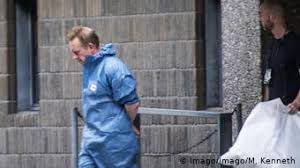
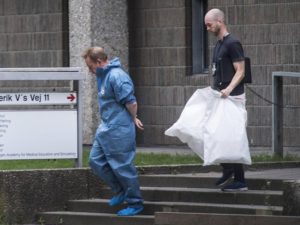 The prosecutors built a vivid image of Peter Madsen’s mindset. They called witness upon witness who knew Madsen and his unusual history. That included people from his sex life and people from his business world. Slowly—witness by witness and evidence piece by evidence piece—the prosecution sculpted a man with a mindset capable of luring an innocent woman to her fate of dismemberment.
The prosecutors built a vivid image of Peter Madsen’s mindset. They called witness upon witness who knew Madsen and his unusual history. That included people from his sex life and people from his business world. Slowly—witness by witness and evidence piece by evidence piece—the prosecution sculpted a man with a mindset capable of luring an innocent woman to her fate of dismemberment.
Most damaging of all was what Peter Madsen did to himself. On his computer, retrieved from the hard drive, was a jamb-packed album of smut. He’d downloaded archives of violence against women, torture, and even snuff. The night before Kim’s murder, his search engine history contained “throat-slitting”, “beheading”, “girl”, and “execution murders”.
If that didn’t sink him, this did. Four different women testified that Peter Madsen contacted them during the day of August 10, 2017. He invited each of them to a 7:00 p.m. meeting on board the Nautilus. Each of the four declined. Kim Wall was the fifth Madsen called. She accepted.
As for the coup de gras, a witness described seeing Peter Madsen enter the Nautilus on August 10. In one hand, Madsen held a knife and a saw. In his other—a video camera.
The Danish judge accepted all the evidence proving Peter Madsen had planned and deliberately set out to murder a woman on the evening of August 10, 2017. By a strand of fate, that woman was Kim Wall.
The video camera was never found, so we’ll never know exactly what went down on film. But there’s no reasonable doubt about it. Kim Wall was a submarine snuff film victim.

